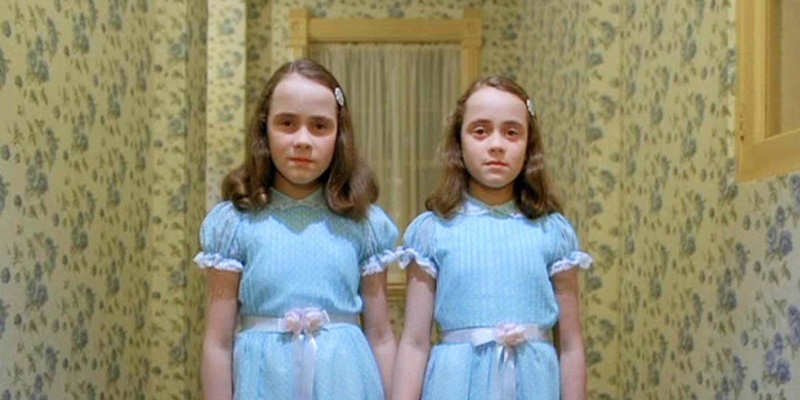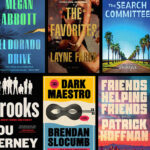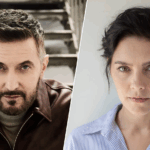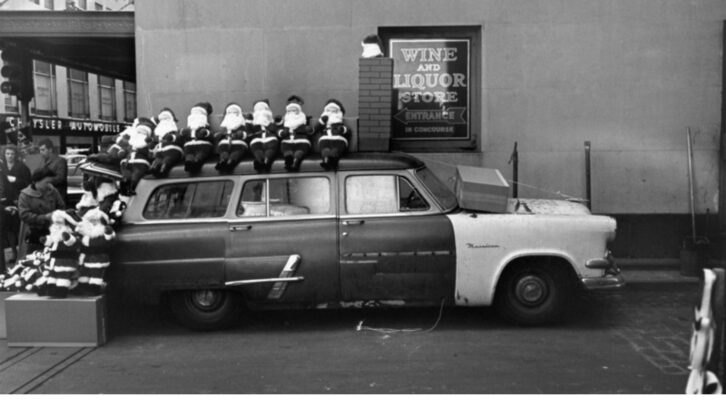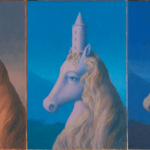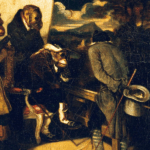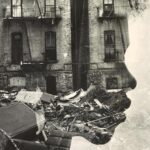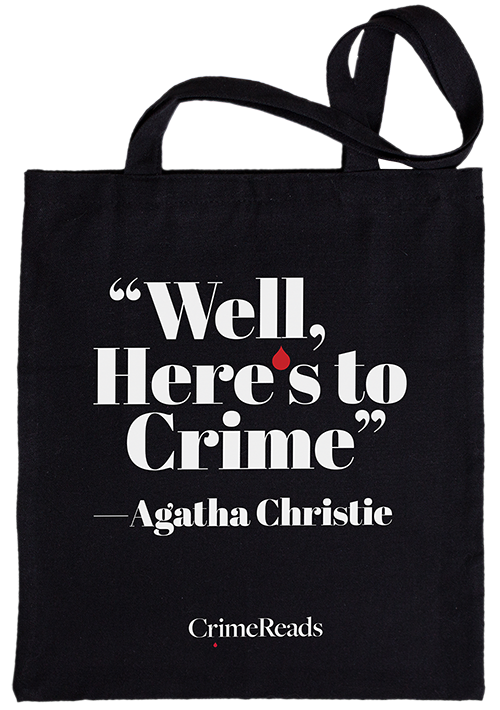My inspiration for any novel often comes out of nowhere, and without warning, but in the case of my latest psychological thriller, Spider to the Fly, the seeds were planted long ago. With two of my best and earliest friends being fraternal twins, I’ve always been intrigued by the concept, and I’ve grown even more intrigued since my twin-friends, who looked nothing alike as kids, now, as adults, look very much alike. Even now, whenever I see a set of twins, or triplets, I can’t help but watch them extra closely, if only for a few seconds, just to see what minor differences might separate them, if any. I have two children of my own, and before each was born, I had dreams that they would be twins. They, of course, were not, and we knew that early on, but it reminded me how much the idea of twins must constantly be on my mind, even if only at a subconscious level. And as a writer, I’d thought, what better way to free those thoughts than to build a book around them? I imagined my protagonist, Ellie Isles (an orphan) seeing the victim of a serial killer on the news and realizing it must be her twin—there was no other way to explain the uncanny likeness—and Spider to the Fly was born. But while the idea of twins drives my narrative, it was my fascination with doppelgängers, and even more sinister, our darker halves—no doubt spawned from my childhood fascination with twins—that sparked the dark nature of the book, specifically between the two characters known as the Spider and the Fly, and the even more interesting sciences behind genetics and the themes of nature and nurture.
From twin brothers Cal and Aron in John Steinbeck’s East of Eden and Charles Dickens’ use of doppelgängers with Sydney Carton and Charles Darnay in A Tale of Two Cities, to William Shakespeare’s use of twins in Twelfth Night and The Comedy of Errors, the idea of the “other” has played a dominant role in numerous books and films, and I’d like to share the ones that shaped me as an early reader and watcher and eventual writer. I’d be remiss if I didn’t start with perhaps the creepiest visual set of twins I’ll ever see, Alexa and Alexie Grady from Stephen King’s The Shining, in particular the Stanley Kubrick movie version. The girls were creepy then, when I saw them at around age 9, and they’re still creepy now, and have been living rent free in my head ever since. Another King story that will always go down as one of my favorites is The Dark Half, because you can’t get too much worse off as an evil twin than George Stark!
If I remember correctly, Dean Koontz’s Mr. Murder came out not too far after The Dark Half, and while both involved writers as the protagonist—and I enjoyed the hell out of both—reading one on the heels of the other was exactly what I’d needed to one day spark my own doppelgänger story! Either way, I will forever remember the characters Thad Beaumont and Martin Stillwater, two fictional types who, despite the horrors that chased them, made me want to write. Another book that had a profound effect on me as a writer, and for my infatuation with twins, was Jeffrey Archer’s Kane and Abel, but while this story didn’t involve twins per say, the two characters were born on the same day, and their entire relationship gave off long-lost twin vibes. I devoured this story.
The novella, Strange Case of Dr. Jekyll and Mr. Hyde by Robert Louis Stevenson, hit me like a gut-punch the first time I read it, and absolutely influenced an earlier novel of mine, a historical thriller called, The Strange Case of Isaac Crawley, where I tackle the doppelgänger theme with great delight, not to mention the original novella’s link to Jack the Ripper. What many don’t know is that while the novella was something to be reckoned with, it was the stage play that followed that took that story to another level of historical stardom. No one, at the time, had ever seen anything like it portrayed on stage, this horrific duality of nature, and it was so terrifyingly real that people fainted in their seats and a few got sick in the aisles, and in London, the actor Richard Mansfield’s performance of Mr. Hyde was so downright frightening many thought he might be Jack the Ripper himself!
In Diane Setterfield’s gothic suspense novel, The Thirteenth Tale, she tells a story of a set of twins I still can’t get out of my head. This is also another novel about twins that involves a writer, a theme in which, by the time I picked this one up, I already knew was right up my alley, and if you enjoy subtle creepiness, I suggest this one wholeheartedly. Ken Follett is mostly known for his historical thrillers, but in his contemporary thriller, The Third Twin, he tackled identical twins and genetics and the themes of nature vs nurture in such a way that begged me one day to write my own story about those same concepts.
Lastly, I’d like to bring to the forefront two of my all-time favorite films, Christopher Nolan’s The Prestige (based on the book, The Prestige, by author Christopher Priest), starring Christian Bale, Hugh Jackman, Michael Caine and Scarlett Johansson, and Neil Burger’s The Illusionist, starring Ed Norton and Jessica Biel. Ever since watching these two films, I’ve been interested in the history of stage magicians, and I plan one day to write a historical novel on that very idea. While only The Prestige played with the concept of twins (I won’t give anything away), The Illusionist does not. But for me, one of the most interesting aspects of these films, both set back in historical periods, is that they were released in the same year, 2006, and because of this, I will forever compare the two, but even more, view them as doppelgängers of one another.
***


